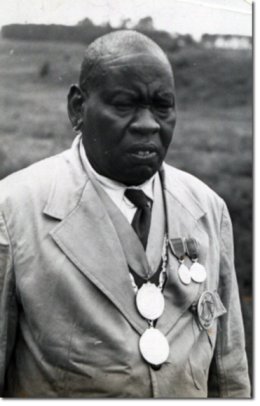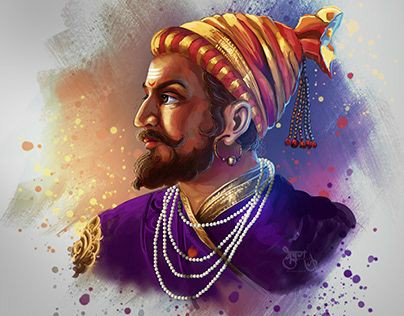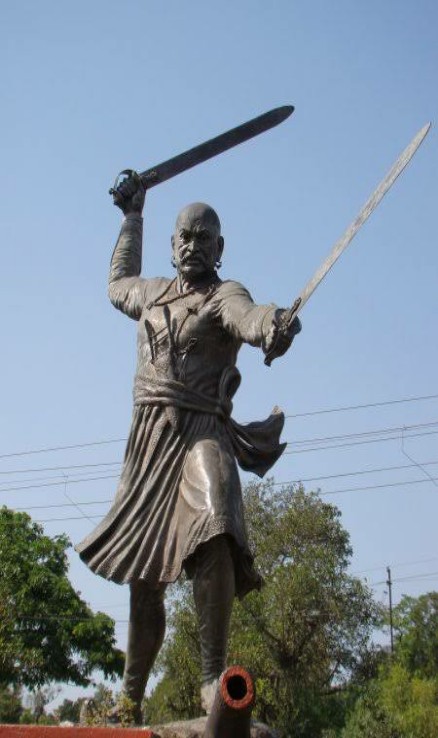1.Professor Marvin H. Mills, a leading New York architect and professor of architecture at the Pratt Institute had studied the Taj Mahal in detail. Here is part of his letter published in The New York Times. 👇👇
2.“New information and analysis have come forth to constitute a compelling argument that the Taj was actually a former Hindu palace occupied and converted to a tomb by the Moguls…There are many other inconsistencies in the Taj legend. The building to its left is now a mosque.
3.Had it been built originally as a mosque it would almost certainly have been oriented directly to Mecca,instead of due west.The four“minarets”that surround Taj mausoleum r inappropriate,for they logically should have been in front of the“mosque”for convenient calls to prayer.”
4.Through the letter, he had appealed thus, “The origin of the Taj can best be determined through scientific dating by carbon-14 and thermoluminescence, which the Archeological Survey of India should be urged to undertake.”
According to Prof Mills,
5.Wayne Edison Begley and Ziyaud-Din Ahmad Desai in their book TAJ MAHAL-THE ILLUMINED TOMB, have put together a very commendable body of data and information derived from contemporary sources and augmented with numerous photo illustrations, chroniclers’ descriptions,
6.imperial directives plus letters, plans, elevations and diagrams on the origin and development of the Taj Mahal.
While Begley and Desai are sceptical of the Taj Mahal is being a consequence of romantic devotion, they yield not an inch in asserting its Mughal origin.
7.They support this traditional view by overlooking some key problems, which Prof Mills pointed out:-
8. 1. Consider the identical character of the two buildings on either side of the Taj Mahal main building. If they had different functions-one a mosque, the other a guest residence-then, they should have been designed differently to reflect their individual functions.
2. Why does the perimeter wall of the complex have a Medieval, pre-artillery, defense character when artillery (cannons) was already in use in the Mughal invasions of India? [Why does a mausoleum need a protective wall in the first place? For a palace it is understandable.]
3. Why are there some twenty rooms below the terrace level on the north side of the Taj Mahal facing the Jumna River? Why does a mausoleum need these rooms? A palace could put them to good use. The authors do not even mention their existence.
4. What is in the sealed-up rooms on the south side of the long corridor opposite the twenty contiguous rooms? Who filled in the doorway with masonry? Why are scholars not allowed to enter and study whatever objects or decor are within?
5.Why does the“mosque”face due west instead of facing Meccah? Certainly, by the seventeenth century there was no prblm in orienting a building precisely!
6.Why has the Archaeological Survey of India blocked any dating of theTaj Mahal by means of Carbon-14 Or thermo-luminiscnece?
Any controversy over which century the Taj was built could easily be resolved. [Radiocarbon dating of a piece of wood surreptiously taken from one of the doors gave 13th century as a possible date. But more data is needed.]
9. Prof Mills opined that if Shajahan did not build the Taj Mahal for the love of Mumtaz, then why did he want it? His love for Mumtaz was evidently a convenient subterfuge. He actually wanted the existing palace for himself.He appropriated it from Raja Jai Singh by making him
10. an offer he could not refuse the gift of other properties in exchange.He also acquired whatever was precious within the building including immensely valuable gold railing.
By converting complex into a sacred Moslem mausoleum he insured that Hindus would never want it back.
11.Shahjahan converted d residential quarters to d west of d main building to a mosque simply by modifying d interior of d west wall to create a mihrab niche.He added Islamic inscriptions around many doorways nd entries to give d impression that TajMahal had always been Islamic.
12.Sure enough, the scholars have been silent or deceived ever since.
Yet, Prof Mills through the review of their book, thanked Begley and Desai for having assembled so much useful data and translated contemporary writings and inscriptions.
13.Where they failed is in accepting an apocryphal legend of the Taj for an absolute fact. Their interpretations and analyses have been forced into the mold of their bias.
Source:- from an article.
































